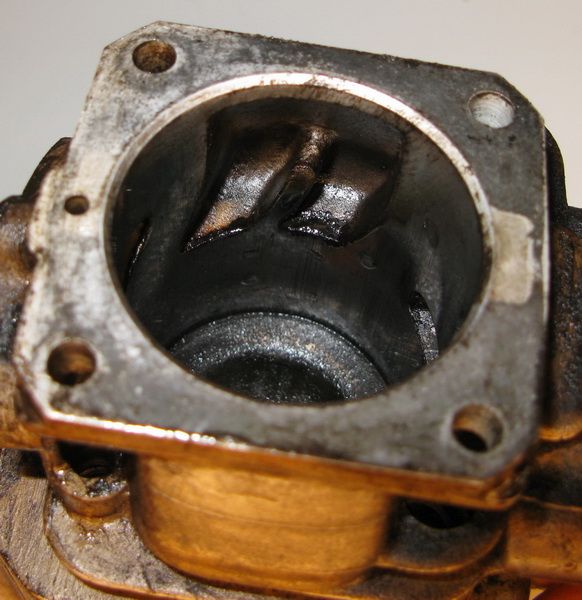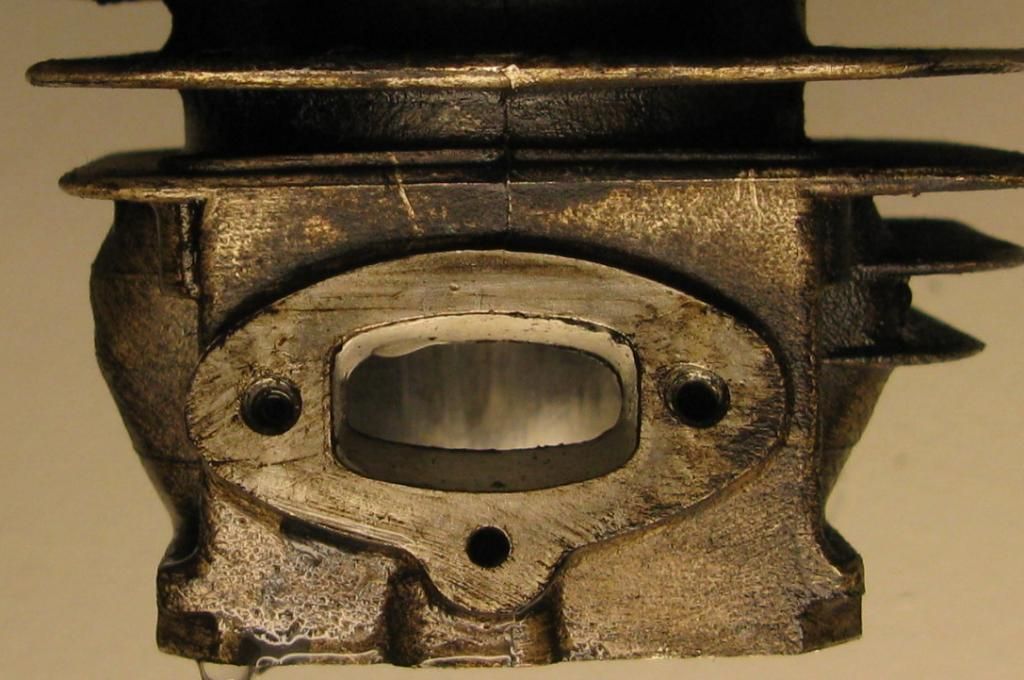Last time I checked, only one guy in this thread has actually demonstrated that he knows what he's talking about.
It's been a very educational and amicable discussion with a good vibe for a change around here...one of the better threads I've read lately.
Be nice to keep it that way. Just sayin'....
It's been a very educational and amicable discussion with a good vibe for a change around here...one of the better threads I've read lately.
Be nice to keep it that way. Just sayin'....










